Member Sign In
Login with email and password
No account yet? Register Now
Nothing is worse than trying to sleep next to a bear a.k.a. snoring partner - even if it is the dog (many breeds are known to snore quite heavily). This discussion will help you or your partner decide if your snoring poses a serious risk to your health.
Sleep apnea is confusing in nature because, for many years, people snored without the knowledge we have now about the dangers of undiagnosed sleep apnea. Honestly, who didn’t have that Uncle in the lounge chair sawing logs. The idea of snoring was that it was something related to being overly tired or at worse, congestion from cold or flu.
Snoring is defined as a sound of vibration made during heavy breathing. This vibration is typically caused by an obstruction in the nose, throat, or airway. Therefore, one could deduct that snoring is a symptom of obstructive sleep apnea.
Other common causes of snoring are attributed to:
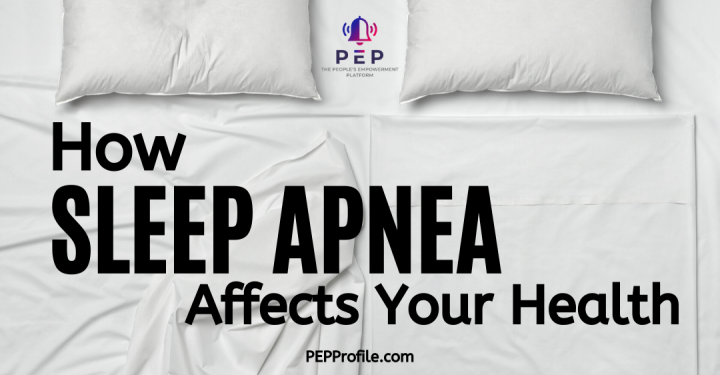
Medical experts express much concern to their patients over the possibility of sleep apnea because it can lead to adverse health conditions. Realizing that the topic can be somewhat embarrassing for some, physicians sometimes have to rely on probing questions, especially after diagnosing patients with signs such as high blood pressure or reports of chronic daytime fatigue.
It is important to realize that undiagnosed sleep apnea can result in stroke, a heart-related event, or even death.
There are two main types of sleep apnea, generalized or central sleep apnea and obstructive sleep apnea.
Those at especially high risk for developing sleep apnea are:
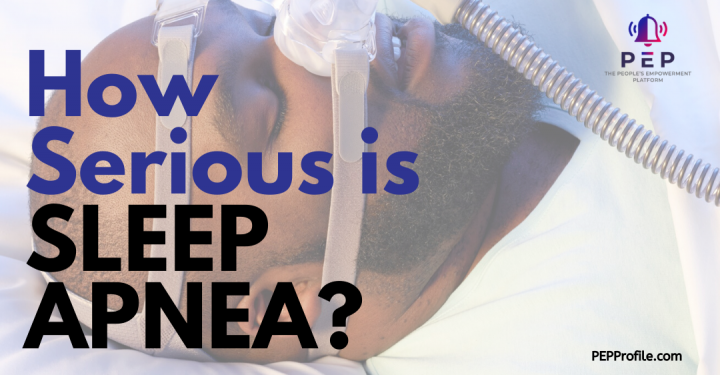
Both types of sleep apnea can affect anyone including women, men, and children, even infants, but is much more likely to affect women during menopause or pregnancy. However, Obstructive Sleep Apnea affects four times as many men than women.
Symptoms of sleep apnea may be subtle but may continue for long periods of time making them chronic in nature. They can include:
In 2018, an estimated 22 Million people suffered from sleep apnea. 10% with mild obstructive sleep apnea, and 3.5% with moderate obstructive sleep apnea. This translates to 1 out of every 12 Americans suffer from Obstructive sleep apnea.
The risk factors are high for untreated sleep apnea and include:
In order to be properly diagnosed with sleep apnea, the first step is to consult with your physician. Be open about your sleep habits and communicate any symptoms. It is not uncommon for physicians to recommend a sleep study session to better assess your sleep quality.
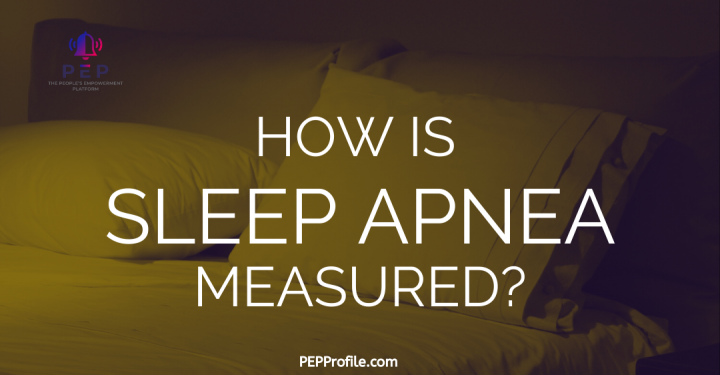
A sleep study is a session conducted by a sleep specialist. Sometimes, they are conducted at home or at a specialized sleep center. During the sleep session, the following will be measured and tested:
Treatment options, of course, vary with the severity of sleep apnea. The sleep specialists will, of course, recommend lifestyle changes such as losing a few pounds if you are not at an ideal weight and avoiding alcohol.
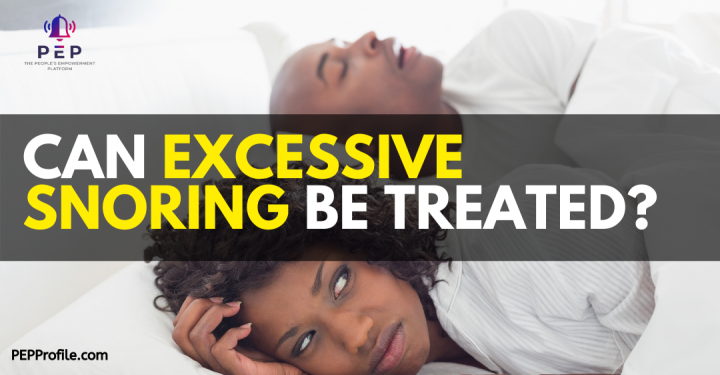
Other common treatments include Mandibular Advancement Devices that push the lower jaw or the tongue forward and PAP (Positive Airway Pressure) machines.
One of the things we know about OSA (Obstructive Sleep Apnea) is that is puts you at a high risk for other adverse health conditions – one of those being Clinical Depression. The following clinical study reveals some details about how one disease affects the other. Most sleep studies chronicle the disease in adults, however, we know that younger people are also at risk.
The title of the study is “The relationship between risk of obstructive sleep apnea and other sleep problems, depression, and anxiety in adolescents from a community sample.”
The purpose of the study was to measure the potential risks associated with OSA in adolescents using self-report questionnaires. They studied two groups of adolescents and measured their risk for OSA. One group were grouped into a high-risk category, the other a low-risk category.
A total of 793 individuals with ages ranging between 12- 17 (12-71 months?) were analyzed for the study. The study in the high-risk group had more anxiety symptoms, daytime fogginess, low self-esteem, and a higher BMI than that of the low-risk group.
This study was published and entered into a Psychiatry Journal entry for Science Direct. The authors and sponsors are listed below:
Department of Psychiatry, College of Medicine, The Catholic University of Korea, Seoul, Republic of Korea
Department of Psychiatry and Behavioral Science, Seoul National University College of Medicine, Seoul, Republic of Korea
Department of Research Planning, National Center for Mental Health, Seoul, Republic of Korea
In summary of this study, it is pivotal information as it tells us the complications of OSA potentially begin at a very early age. If gone unchecked and paired with high-risk sedentary lifestyle choices, the progression into adult-onset related issues could become very serious in nature. Additionally, the study was designed to highlight the mental health associated with OSA in young people.
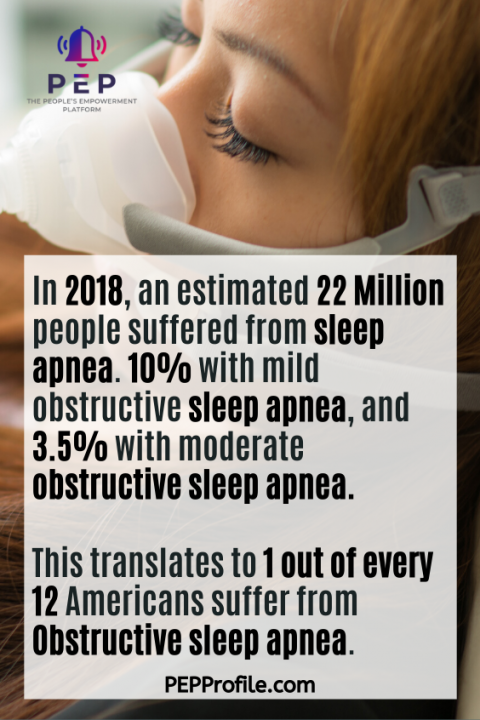
We have seen the negative effects of low self-esteem in youth populations and it is important to get them tested for all possible risk factors including OSA. This value component of this study as it was very easy to administer, so potential risk acknowledgment may be easy to assess in perhaps a school or college setting.
So now you should have a better understanding of how serious undiagnosed sleep apnea can be. We have learned:
Based on the information provided, do you or someone you know show signs of OSA or Obstructive Sleep Apnea? Are you concerned about the complications of undiagnosed sleep apnea for your partner or spouse?
Thank you for being a part of PEP Profile. If you’re not yet a member but would like to join the discussion you can request an invite at PEPROFILE.COM
References:
https://www.mayoclinic.org/diseases-conditions/sleep-apnea/symptoms-causes/syc-20377631
http://sleepeducation.org/essentials-in-sleep/sleep-apnea/symptoms-risk-factors
https://www.sleepapnea.org/learn/sleep-apnea-information-clinicians/
https://www.sleepapnea.org/treat/cpap-therapy/choosing-a-pap-machine/
https://www.sciencedirect.com/science/article/abs/pii/S0165178119305128?via%3Dihub
Login with a social network